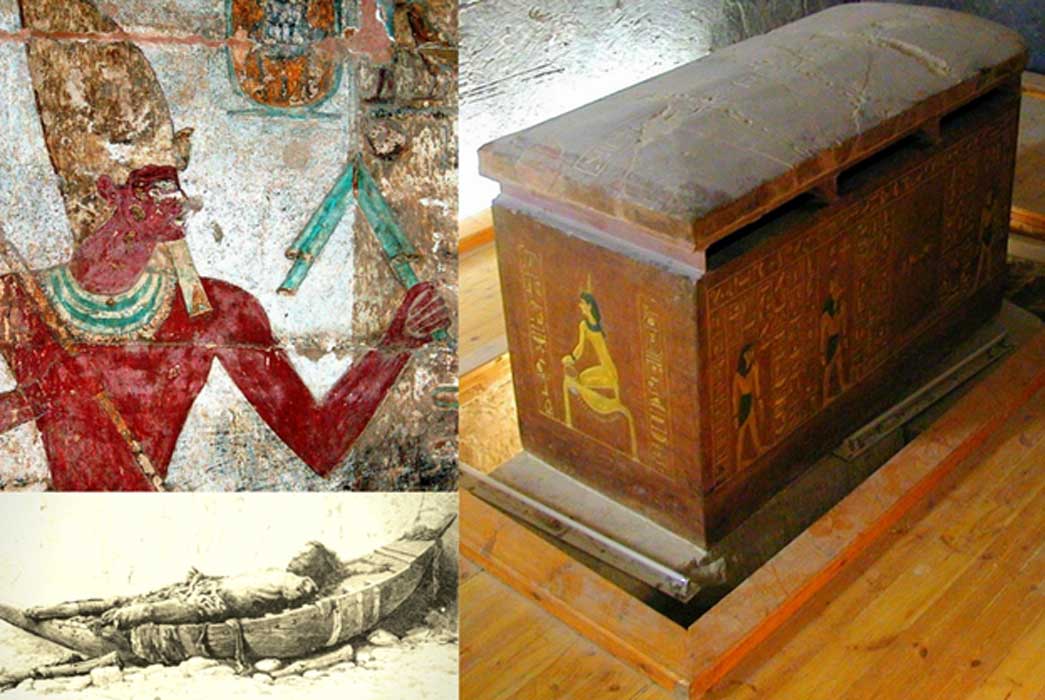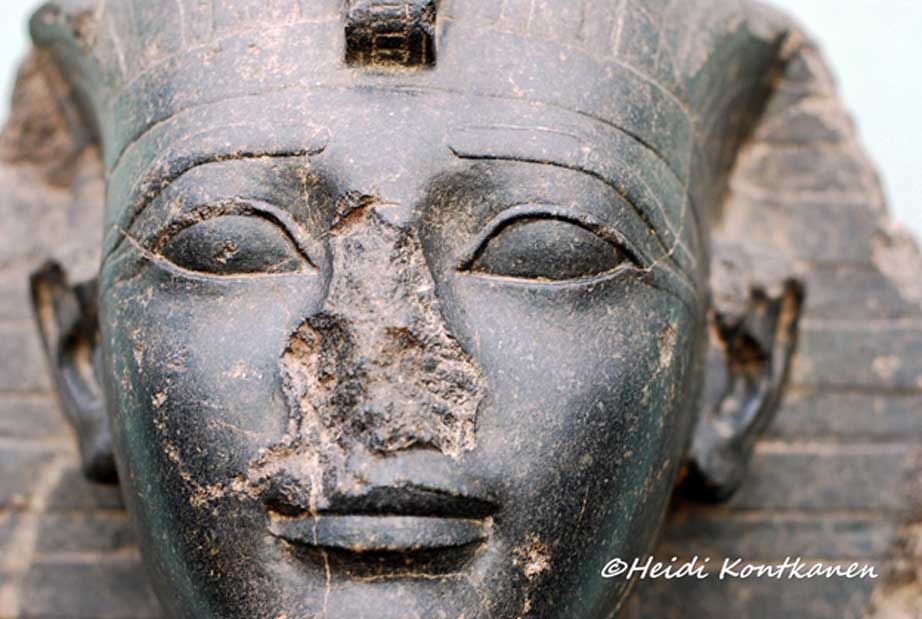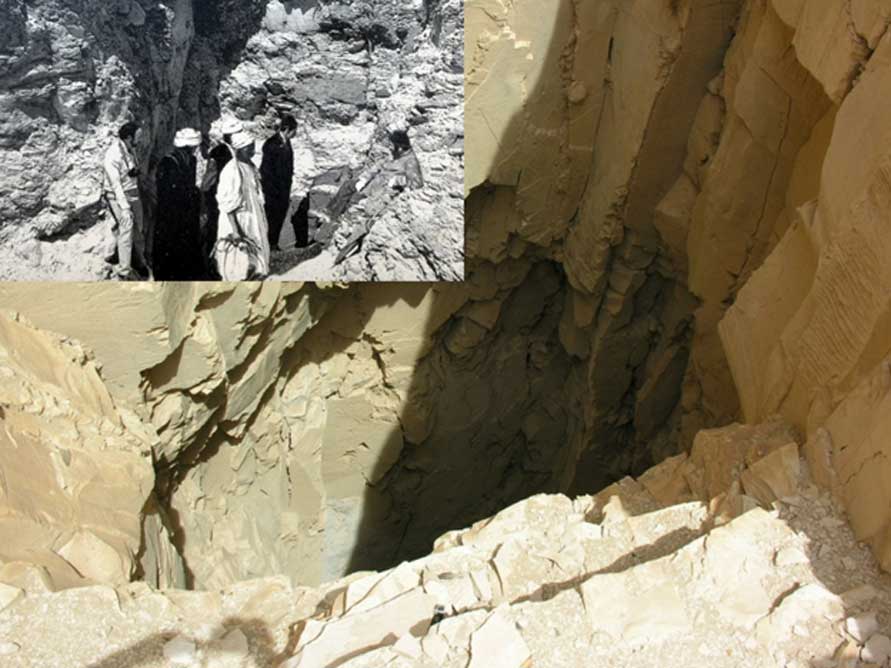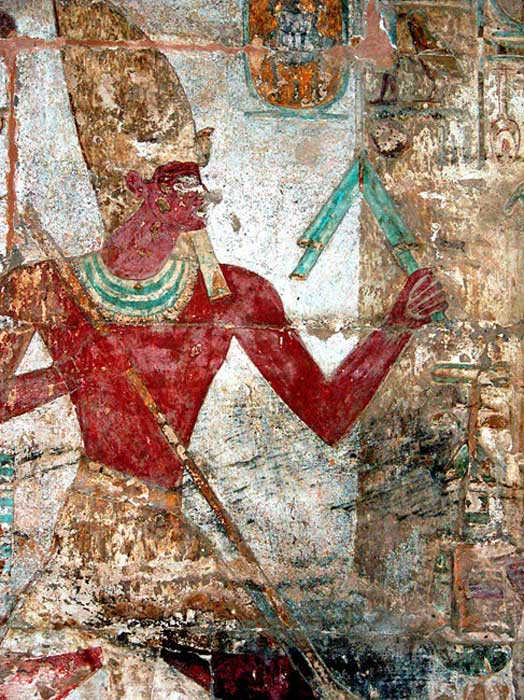
Lasting Puzzle of the Unidentified KV35 Mummy: Is it Really Prince Webensenu Or Another?—Part I
A host of pharaohs who were removed to safety from their burial places in ancient times rested peacefully for millennia within the bowels of the magnificent tomb of Amenhotep II. Among the great names lay the desecrated mummy of a youngster whose identity has caused much debate among Egyptologists for over a hundred years. Who was he? Webensenu, the son of the owner of KV35; or an undocumented Amarna prince or king—perhaps Smenkhkare himself?

Detail from the head of a Diorite statue of the powerful Eighteenth Dynasty warrior pharaoh, Amenhotep II. Ny Carlsberg Glyptotek, Copenhagen.
During his excavations, the renowned French Egyptologist Victor Loret made a stunning discovery in the Valley of the Kings on March 9, 1898 when he stumbled upon the tomb of the Eighteenth Dynasty king, Amenhotep II (KV35). It was not the endless riches of this pharaoh that caught the world’s imagination, but, something even more priceless. For, tucked away in the dark recesses of the upper and lower pillared sections of this sepulcher was an unimaginable assemblage of royal mummies that rivaled the nearly 36 priestly and pharaonic remains from the Seventeenth to the Twenty-first Dynasties found by Emil Brugsch in the Deir el-Bahri (DB320) cache in 1881, the date of its official discovery. So, this latest veritable bonanza of monarchs, hitherto missing from the DB320 list, and indeed to history itself, was now accounted for.

This plain-looking shaft in Deir el-Bahri led Emil Brugsch to DB320 in 1881, where the most extraordinary cache of royal mummies lay concealed for millennia. (Inset) Brugsch overseeing the removal of the cache contents. (Photo: Keith Hazel/CC BY 3.0)
A CACHE OF GREATS
KV35, the large tomb, boasted complex architecture and was the first in the Valley to be found containing an intact pharaonic mummy in the burial chamber—well before Tutankhamun. Recounting the momentous occasion of its discovery, Loret, who along with his foreman investigated the breathtaking scene, wrote: “At the bottom the door opened into blackness. We advanced, the light grew greater, and with stupefaction we saw an immense hall entirely decorated, held up by two rows of three pillars on which were painted life-sized groups of a king in the presence of a god. It was really him, Amenhotep II there were his cartouches. There was no more doubt.”

‘Amenhotep II was the paragon of the athletic kings of the early Eighteenth Dynasty and boasted of physically Homeric deeds’ notes the Oriental Institute, Chicago. He is shown here on a colorful wall relief at the Temple of Amada, Lake Nasser. (Photo: Dennis Jarvis/CC BY-SA 2.0)
“The sarcophagus of the king was open, but was it empty? I did not dare to hope for the contrary, because royal mummies had never been found in the necropolis of the Valley, all of them having been moved in antiquity to a safe place. I reached the sarcophagus with difficulty being careful not to break anything underfoot. I could partially read the cartouches of Amenhotep II… I leant over the edge, bringing the light a little nearer. Victory! A dark coffin lay in the bottom, having at its head a bunch of flowers and at its feet a wreath of leaves.”




